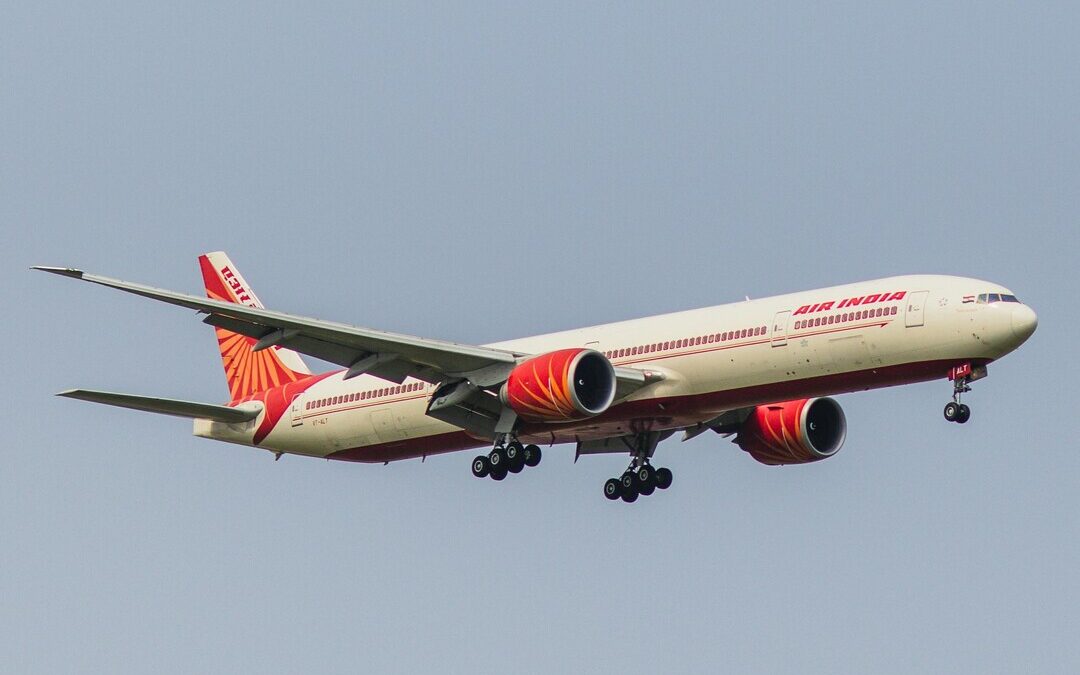India’s Airlines Could Pay $2.2B in Carbon Offsets by 2035 under CORSIA Scheme
Indian airlines brace for steep carbon offset costs under CORSIA, threatening international expansion and financial stability.
India’s airline industry could face up to ₹18,000 crore ($2.2 billion) in carbon offset costs under the global Carbon Offsetting and Reduction Scheme for International Aviation, or CORSIA, threatening the growth of international operations, according to a new report by The Energy and Resources Institute.
According to TERI’s report, between 2027 and 2035, Indian carriers may be required to purchase carbon credits worth between ₹1,998 crore and ₹10,018 crore at carbon prices of $10 to $50 per ton, assuming a 5 percent annual growth in emissions.
If growth accelerates to 8 percent, the cost could rise as high as ₹18,009 crore.
Air India alone could emit 75.9 million tonnes of carbon dioxide during that period, according to TERI, with Indigo and SpiceJet expected to account for 10 million tonnes and 5.1 million tonnes, respectively.
A Global Mandate with Uneven Impact
CORSIA, implemented by the International Civil Aviation Organization, aims to cap net emissions from international aviation at 2019 levels. Airlines must offset emissions growth beyond that baseline by purchasing credits from approved carbon markets.
While ICAO frames CORSIA as a climate measure, TERI warns it may disadvantage emerging markets. India’s contribution to international aviation emissions was just 1.2 percent in 2018, compared with 7 percent from the United States and 4 percent from China.
Still, Indian carriers are expected to bear high offsetting costs under the sectoral and individual growth-based calculations.
“This fails to account for historical responsibility or developmental disparity,” the report said.
Navigating the Carbon Turbulence
To mitigate the financial burden, TERI recommends that India expand its domestic emissions trading systems and aggressively pursue the development of sustainable aviation fuel.
India consumed more than 8.3 million tonnes of aviation turbine fuel in 2019 but has negligible SAF production.
Domestic mechanisms such as India’s Perform, Achieve and Trade and Renewable Energy Certificate schemes could be adapted to support airline emissions offsetting. Policymakers should also scale up SAF initiatives using feedstocks like jatropha and agricultural residue, TERI said.
“Without timely action, India risks locking its airlines into high-carbon penalties,” the report warned.
Pandemic Disruption and Regulatory Shifts
The COVID-19 pandemic decimated aviation demand, prompting the ICAO to revise the CORSIA baseline from a 2019–2020 average to a 2019-only average, a move that benefits carriers by reducing future offset obligations.
Still, the financial shock was severe: India’s aviation sector reportedly lost ₹21,000 crore in FY2021.
Air India saw passenger traffic decline by one-third in 2020, while Indigo and SpiceJet reported about 50 percent reductions in domestic operations.
The report urges the Indian government to finalize a clear national strategy by 2025 to enable the sector to meet CORSIA targets without compromising competitiveness.
“India must align its aviation growth ambitions with a sustainable, cost-effective emissions strategy or risk long-term economic turbulence,” the report concluded.
Nirmal Menon
Related posts

Subscribe
Error: Contact form not found.


